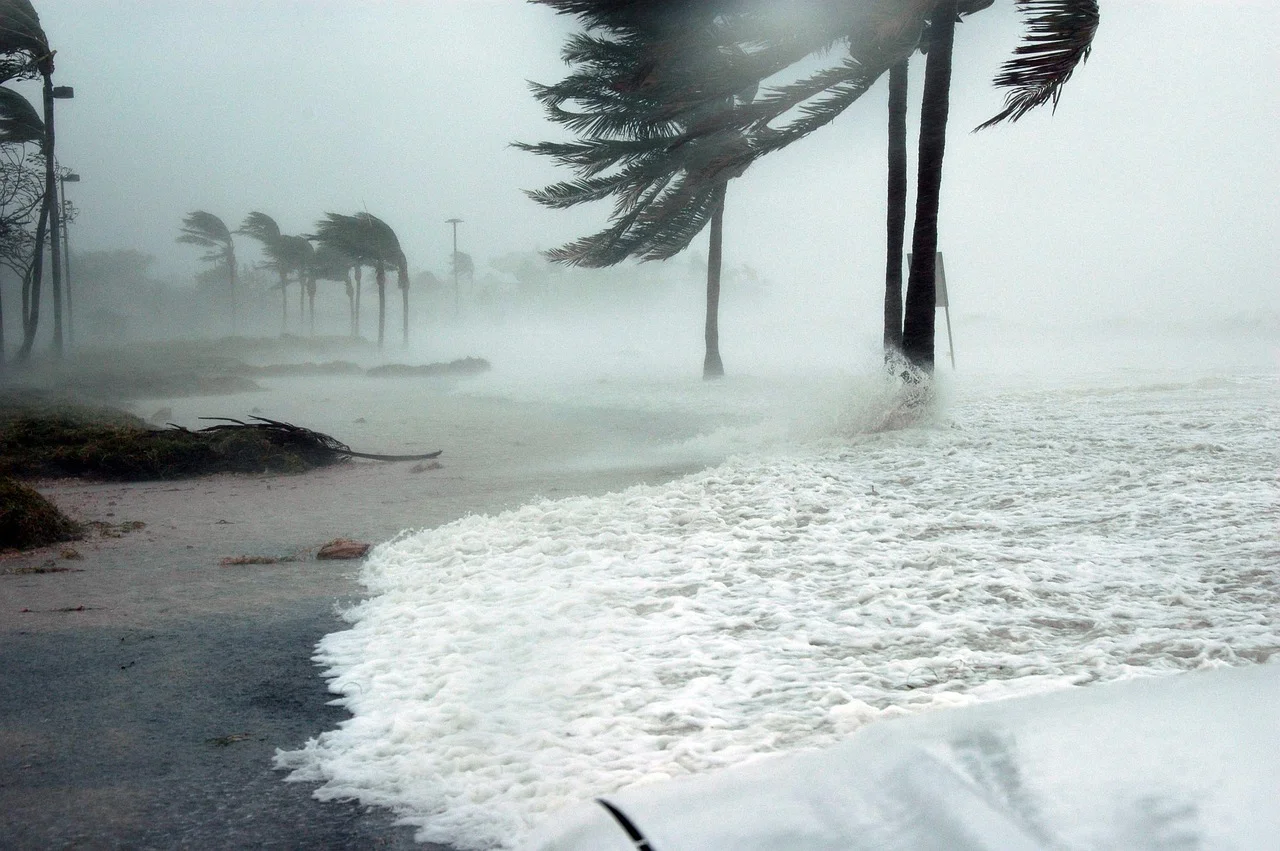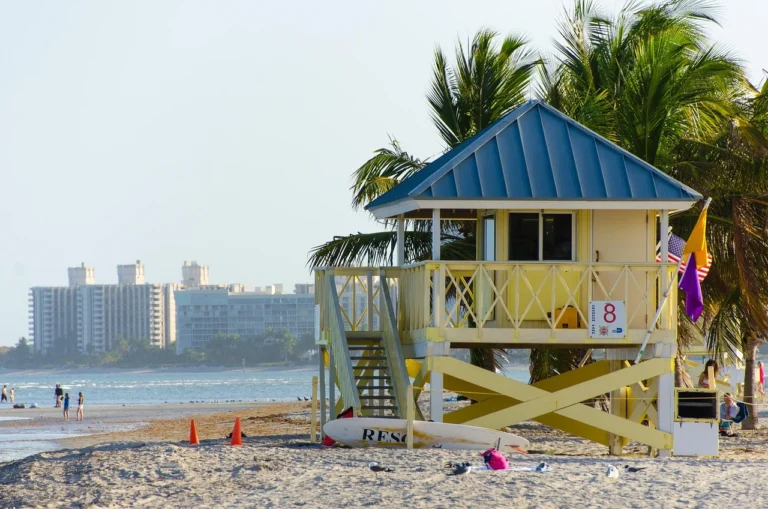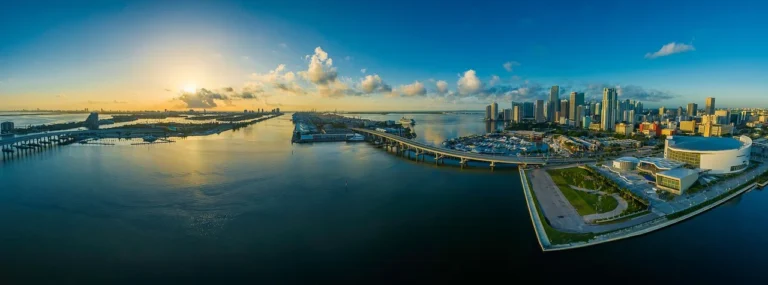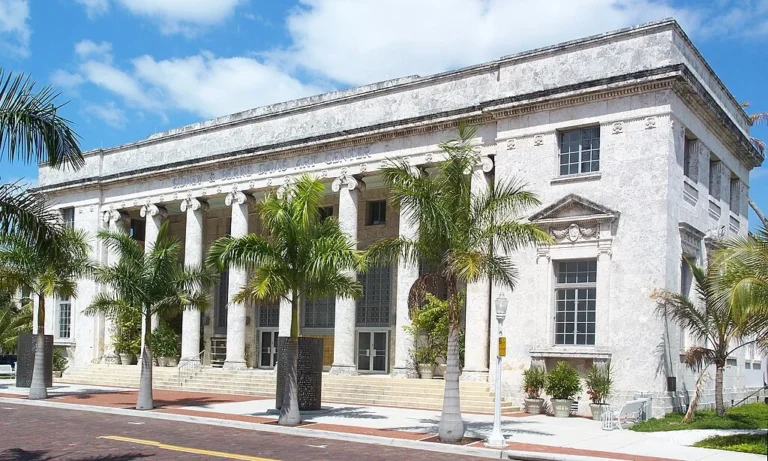Unprecedented Storm Surge Hits Fort Myers: What You Need to Know
Have you ever wondered what happens when a hurricane makes landfall? How does a storm surge affect coastal cities like Fort Myers? Understanding storm surges is crucial for those living in hurricane-prone areas, especially as climate change continues to influence storm patterns. In this article, we’ll dive deep into the storm surge that affected Fort Myers, exploring its causes, effects, and ways you can prepare for such events.
What is Storm Surge?
Storm surge is an abnormal rise in sea level generated by a storm, particularly hurricanes or tropical storms. It occurs when high winds push seawater toward the shore, resulting in significant flooding. The impact can be devastating, especially in coastal towns like Fort Myers, Florida.
Related: Daytona Bike Week 2026: The Ultimate Biker Bash Returns to Daytona Beach
Factors Contributing to Storm Surge
-
- Wind Speed and Direction: Strong winds from a hurricane can push water toward the coast.
-
- Shallow Coastlines: Areas with shallower waters can experience more significant storm surges because the incoming water has nowhere to go.
-
- Storm Size and Intensity: Larger and more intense storms can produce higher surges.
The Impact of Storm Surge on Fort Myers
In September 2022, Hurricane Ian made landfall near Fort Myers, bringing with it a catastrophic storm surge. The surge peaked at around 12 to 18 feet in some areas—devastating for a city that sits just a few feet above sea level.
Related: Who is Fort Myers, Florida Named After? Uncovering the History Behind the City’s Name
Immediate Consequences
When the storm surge hit Fort Myers, it caused widespread flooding, inundating homes, businesses, and critical infrastructure. Here’s a closer look at some immediate consequences:
-
- Infrastructure Damage: Roads, bridges, and power lines took a significant beating, making transportation and communication challenging.
-
- Displacement: Thousands were forced to evacuate their homes. This led to a humanitarian crisis as shelters struggled to accommodate everyone.
-
- Economic Impact: Businesses faced closures, and the local economy suffered a severe blow, affecting jobs and livelihoods.
Long-Term Effect on the Community
The aftermath of such a severe storm surge doesn’t end with the storm. For Fort Myers, long-term effects include:
-
- Rebuilding Costs: Reconstruction efforts can take years and require substantial financial resources.
-
- Mental Health: The psychological effects of such disasters can linger, causing anxiety and depression in affected communities.
-
- Environmental Changes: The ecological balance can be disrupted, affecting local wildlife and habitats.
Preparing for Future Storm Surges
While we cannot prevent storm surges, we can prepare for them. Here are some key ways you can safeguard yourself and your property:
Create an Emergency Plan
Having a thorough emergency plan is crucial. Discuss evacuation routes, identify safe places, and ensure you have a communication plan with your family.
Elevate Your Property
If you live in a flood-prone area, consider elevating your home to minimize damage during a storm surge.
Stay Informed
Download reliable weather apps and stay informed about the latest weather updates, especially during hurricane season.
Flood Insurance
Investing in flood insurance can provide significant financial relief if your home is affected by a storm surge.
The Role of Local Authorities
Local and state governments play a vital role in storm surge preparation and response. In Fort Myers, officials have taken steps to improve the city’s resilience against future storms by:
-
- Enhancing Infrastructure: Investing in stronger flood defenses and upgrading drainage systems.
-
- Public Education: Providing resources and training for residents on hurricane preparedness.
-
- Community Engagement: Encouraging residents to participate in disaster preparedness programs.
Related: Fort Myers Boat Show: Exciting Details About This Year’s Event Unveiled!
Conclusion
Understanding storm surge is essential for residents of Fort Myers and similar coastal communities. By knowing what storm surge is, its effects, and how to prepare, you can help safeguard your family and property.
Have you experienced a storm surge? Share your insights and feedback in the comments below. Your experiences can help others prepare for future storms.
Frequently Asked Questions
1. What is the difference between storm surge and tidal surge?
Storm surge is caused by winds and low pressure during storms, while tidal surge pertains to the regular rise and fall of tides influenced by the moon and sun.
2. How can I monitor storm surge forecasts?
Various weather apps and websites provide real-time updates on storm surges and other weather phenomena.
3. Are all coastal areas vulnerable to storm surge?
While all coastal areas can experience storm surge, the severity depends on local geography, storm intensity, and other environmental factors.
4. What should I include in my emergency kit for hurricanes?
Essential items include water, non-perishable food, batteries, flashlights, medications, and important documents.
5. How often do storm surges occur?
Storm surges are most common during hurricane season, which runs from June 1 to November 30 in the Atlantic region.
Trusted Sources
https://www.weather.gov/safety/hurricane
https://www.nhc.noaa.gov/aboutstorge.shtml
https://www.ready.gov/hurricanes
https://www.fema.gov/emergency-managers/risk-management/mitigation-storm-surges
https://www.nws.noaa.gov/ostm/surges.html







